There’s nothing more relaxing than submerging into a warm bath at the end of the day. But what if a simple soak could do more than just ease tension and sore muscles?
With the addition of a few natural ingredients, we can, in fact, take our baths from relaxing to wholly detoxifying, helping our body remove a large percentage of the toxins we’re exposed to on a daily basis in the form of pesticides, heavy metals, flame retardants, and air pollution.
While it’s easy to assume we don’t come into contact with too many chemicals in our normal day-to-day lives – and therefore don’t need to detox – studies suggest otherwise.
In need of a sugar detox?
Click here to get your FREE Sugar Detox Guide + Sugar-Free Recipes!
Researchers at the Environmental Working Group (EWG) have discovered we’re being bombarded with toxins before we even leave the womb:
“In a study spearheaded by the Environmental Working Group (EWG) … researchers at two major laboratories found an average of 200 industrial chemicals and pollutants in umbilical cord blood from 10 babies. The umbilical cord blood of these 10 children … harbored pesticides, consumer product ingredients, and wastes from burning coal, gasoline, and garbage.” (1). [tweet_quote] Toxins are everywhere in our environment, making regular detoxing very important. [/tweet_quote]
Toxic chemicals are found everywhere in our environment and, unfortunately, begin to accumulate in our cells and fat tissue before we set foot into the world. It is because of this that regular detoxing becomes extremely important, as some medical conditions like autism and other brain disorders have been linked to exposure to environmental toxins (2).
This is where detox baths come in. They are made of ingredients you can pick up at your local health food store and have the remarkable ability to help draw out these excess chemical residues and stored toxins.
Detox Bath Ingredients
Let’s take a look at what makes up a detox bath.
Epsom Salt
Epsom salt, also known as magnesium sulfate, is actually not a salt but a pure, naturally occurring mineral compound. You may be familiar with its use as a remedy for sore muscles, but Epsom salt offers so much more, especially when it comes to flushing toxins.
Not only does magnesium work to regulate over 300 biochemical reactions in the body, it’s also antagonistic to many of the toxic metals we hold in our tissues. This means that it essentially acts as a toxin repellent, pushing and flushing toxins out of the cells (3). [tweet_quote] Epsom salt baths help draw toxins out of the body. [/tweet_quote]
Studies have shown this detox effect is comparable to extensive detox protocols used by natural health practitioners. In one study, researchers noticed significant cellular detoxification using as little as 20 magnesium sprays on the skin per day, plus a twice weekly foot soak (4). Imagine the detoxification powers a full-body Epsom salt bath a few times a week could provide!
Why Not Just Take a Magnesium Supplement?
Now, at this point you might be wondering why taking a magnesium supplement wouldn’t be just as effective as soaking in an Epsom salt bath for detoxification.
Unfortunately, studies show that oral absorption of magnesium is largely inefficient, as it has to shoulder through our stomach acid, digestive enzymes, and liver before reaching the bloodstream. Whereas in transdermal absorption (absorption through the skin), magnesium is able to bypass our digestive barriers, allowing a higher percentage to pass directly into the bloodstream (5). [tweet_quote] Ditch the magnesium supplements in favor of a warm Epsom salt bath. The added benefits are worth it. [/tweet_quote]
With an Epsom salt bath, we receive the maximum detoxification benefits of magnesium, along with its multiple beneficial side effects such as stress reduction and easing of migraine pain (6).
Bentonite Clay
Bentonite clay (also called Montmorillonite clay) is a clay composed of ash from volcanoes. Both names stem from the location of the clay’s harvest, namely Fort Benton, Wyoming and Montmorillon, France. Similar clays have been used by cultures worldwide as a digestive aid and to remove unwanted pathogens like parasites, but the harvest has kicked up in recent years due to the discovery that the clay also binds to toxins in the body (7).
The secret to Bentonite clay’s toxin-binding powers lies in its negative ionic charge and absorption abilities, which pull positively-charged ions from the bloodstream for elimination. Pesticides, heavy metals, and harmful bacteria are all positively charged, making them susceptible to the clay’s pull (8). If you’ve ever made chia pudding by adding water to chia seeds, you’ve observed how the chia seeds swell to a gel-like consistency. Bentonite clay works in a similar fashion, swelling with toxins in order to safely remove them. [tweet_quote] Add Bentonite clay to Epsom salt baths for the ultimate detoxifying soak.[/tweet_quote]
This toxin-binding effect makes Bentonite clay an excellent complement to Epsom salts in a detox bath. While magnesium flushes metals and toxins from the cells, bentonite clay leaps into action to draw them out and carry them down the drain.
Along with binding to toxins, Bentonite clay also contains an array of minerals like calcium, copper, iron, zinc, and potassium, providing a nourishing soak for your skin as you detox (9).
Baking Soda
Baking soda is another household ingredient commonly used for rapidly detoxifying the body. In fact, it has been used to treat radiation exposure by binding with dangerous elements like uranium, which tend to stick around in our bodies on the surface of our bones (10).
As a bonus, baking soda also has an alkalizing effect on the body, which is beneficial for a variety of ailments ranging from bone loss to back pain (11).
Homemade Detox Bath Recipes
Now that you’re ready to dive into a detox bath, enjoy these two rejuvenating recipes that you can use 2-3 times weekly.
Relaxing Rose and Frankincense Detox Bath
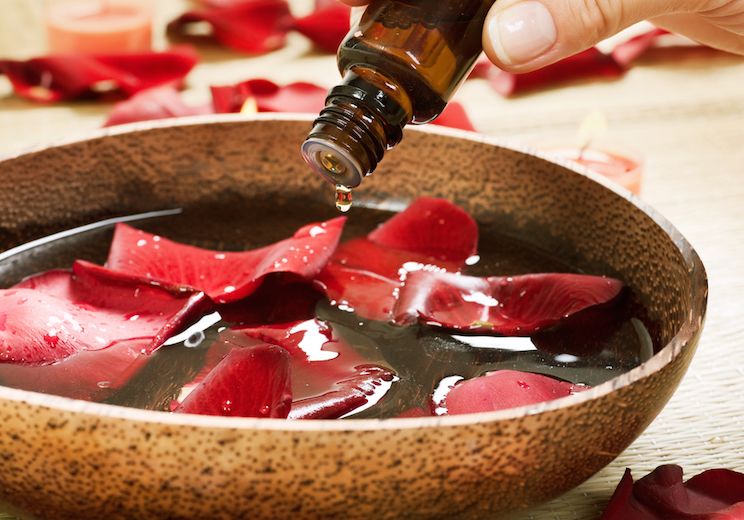
Frankincense is complemented here by rose oil, which has been found in studies to be a potent relaxant and hypnotic – perfect for unwinding after a long day (13).
Ingredients
- 1 cup Epsom salts
- 1 cup baking soda
- 2 T coconut oil
- 5-6 drops rose essential oil
- 5-6 drops frankincense essential oil
How to Make It
- Draw a warm bath and add your Epsom salts and baking soda, stirring until thoroughly combined.
- Next stir in your coconut and essential oils.
- Inhale relaxation.
Refreshing Citrus and Clay Detox Bath
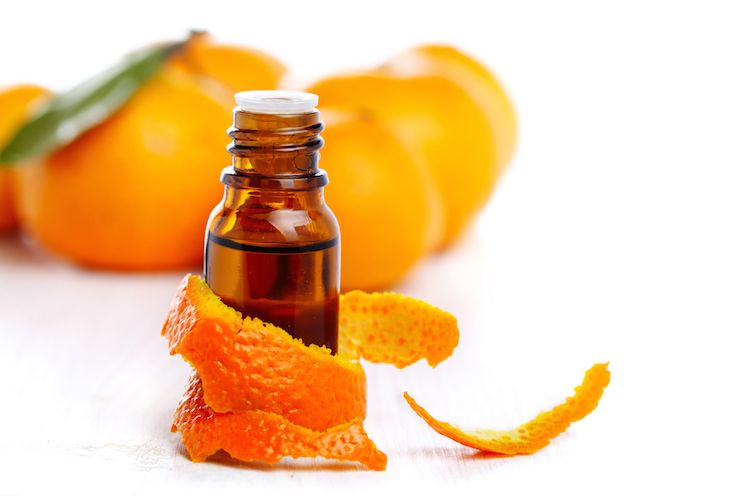
Ingredients
- 1/2 cup Bentonite clay
- 1 cup Epsom salts
- 4-5 drops lemon essential oil
- 6-7 drops orange essential oil
How to Make It
- Draw your bath and add ingredients to the water, stirring until the salts and clay have thoroughly dissolved.
- Bask in the invigorating aroma of ripe citrus orchards.
Although Epsom salts are generally regarded as safe for everyone, those with blood pressure problems should check with their doctor before using them regularly, as they can have an effect on blood pressure levels. Also, be aware that some people are sensitive to certain essential oils, so be cautious with how much you use in your bath.

(Read This Next: 8 Herbs that Detox Your Body Naturally)


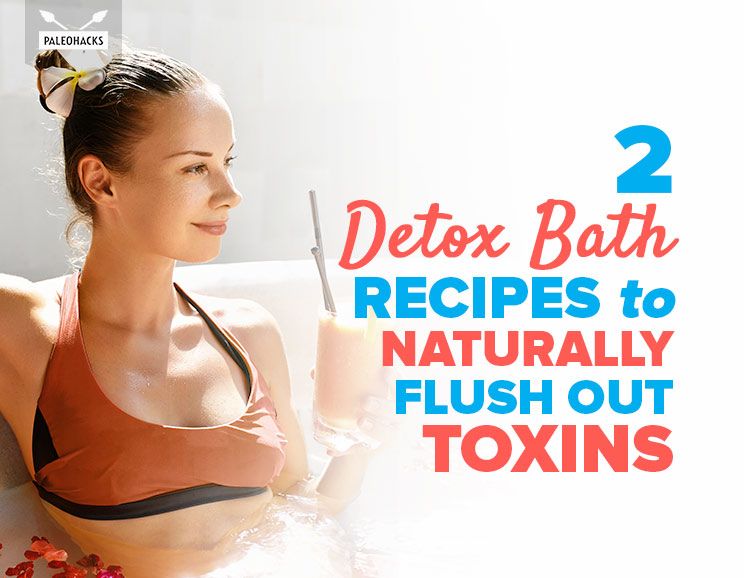
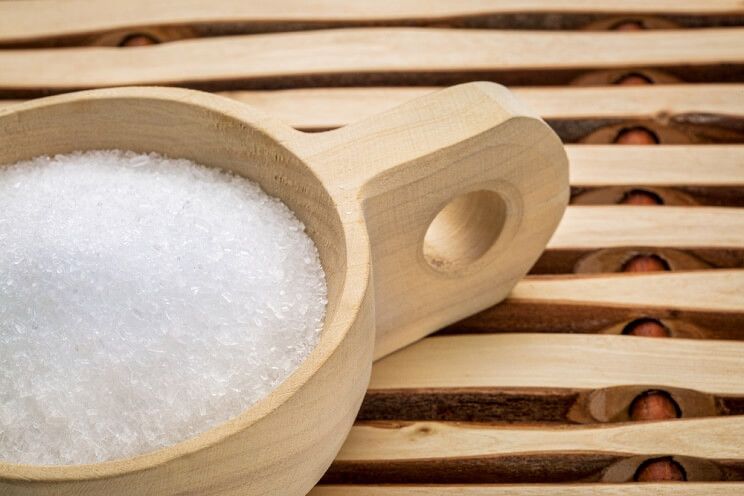
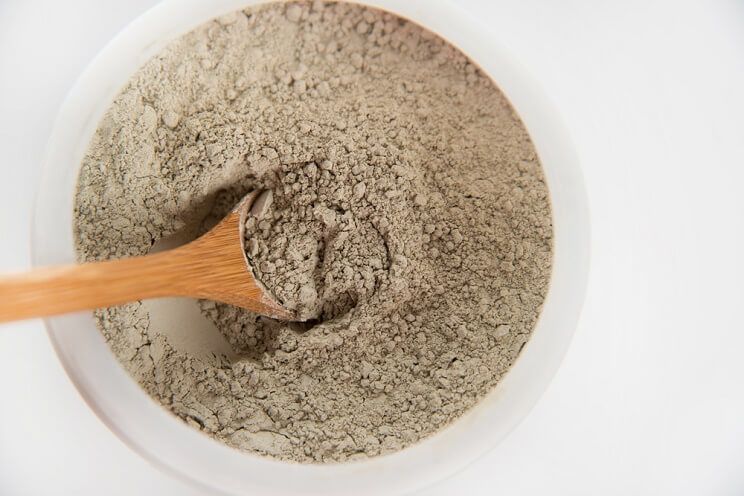
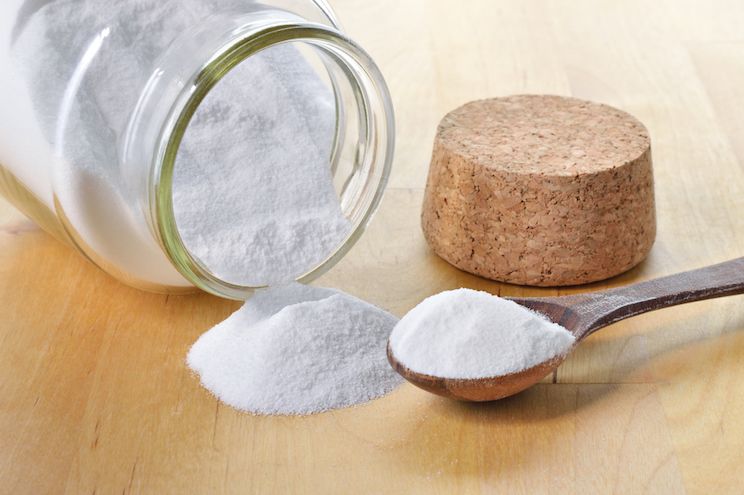
 Easy, Paleo ‘Peanut’ Butter Cups
Easy, Paleo ‘Peanut’ Butter Cups

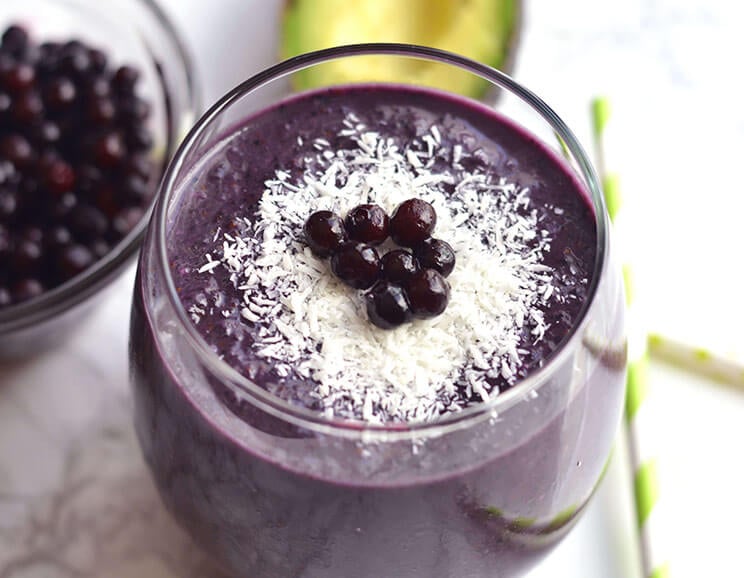
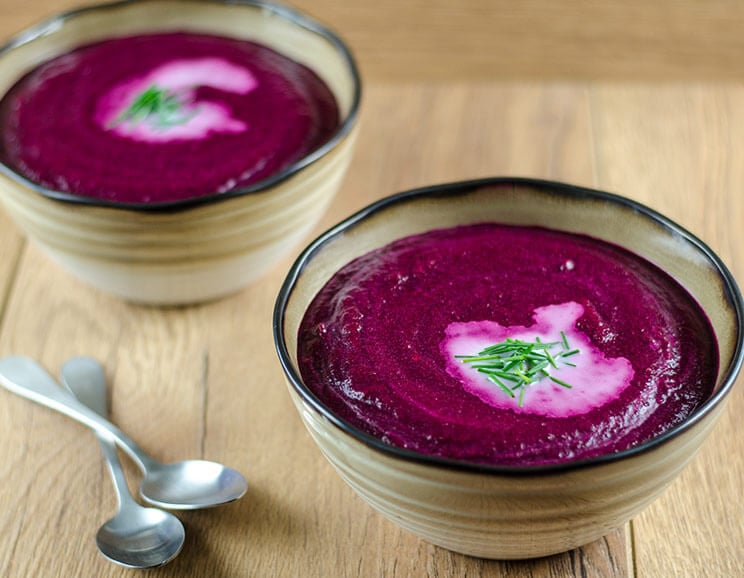

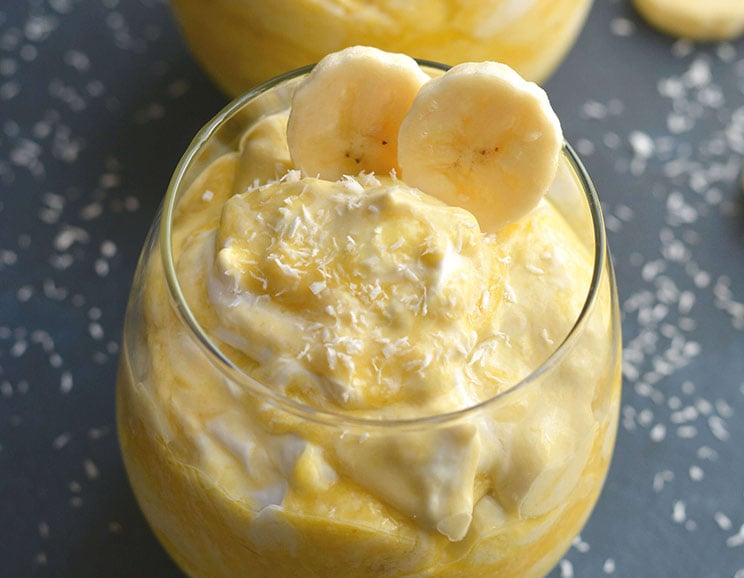
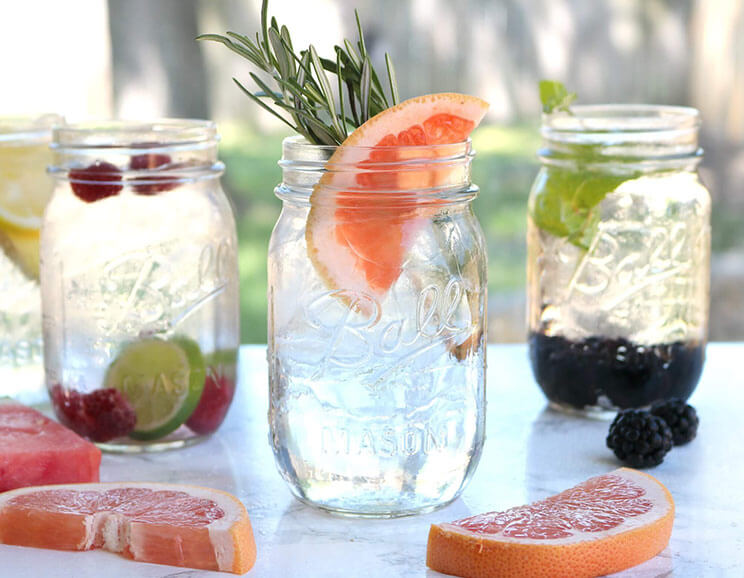
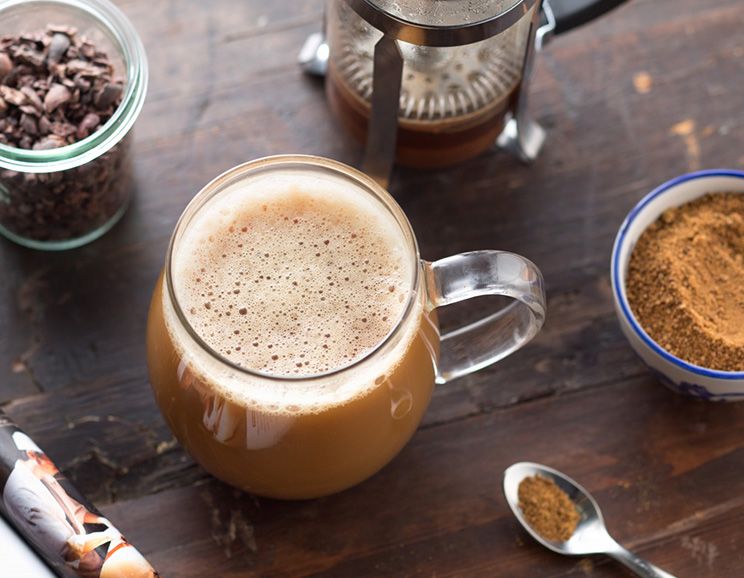

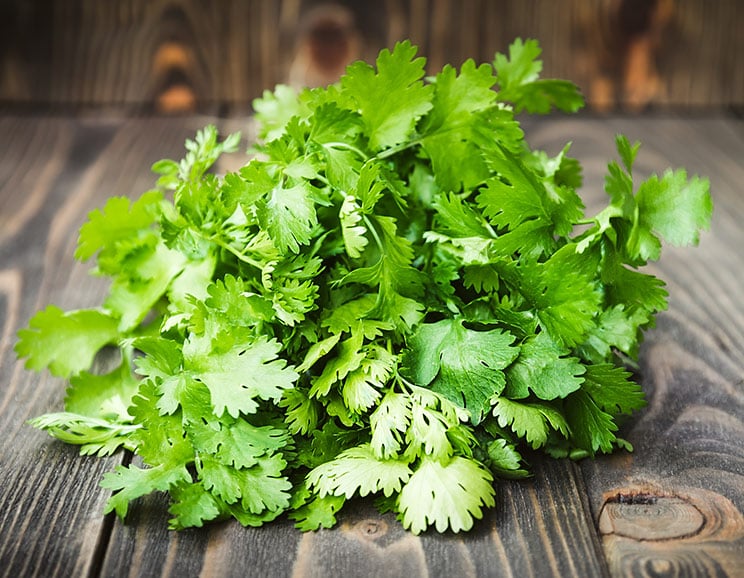
Show Comments